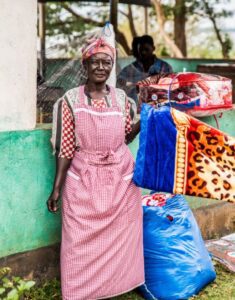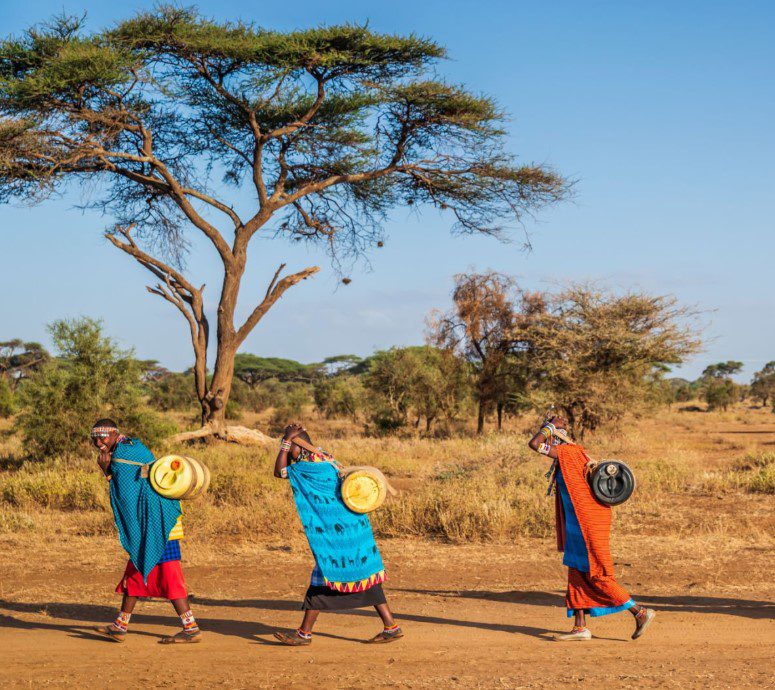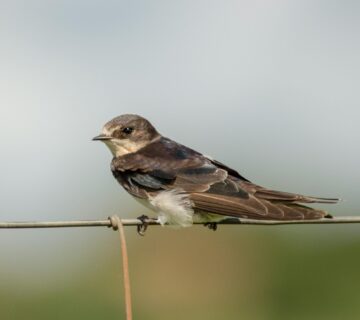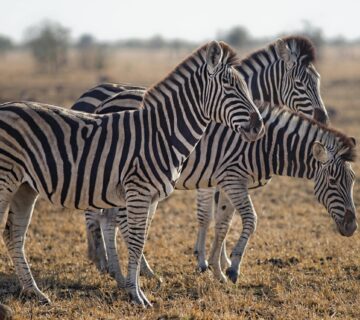What are the Main Tribes in Kenya?
Kenya, a land of breathtaking landscapes, vibrant wildlife, and rich history, is also home to a diverse tapestry of cultures. As you journey through its lush savannas, bustling cities, and remote highlands, you’ll encounter a deep-rooted mosaic of traditions and languages that have shaped the country into what it is today. The main tribes of Kenya represent more than just people – they embody the spirit, the heritage, and the heartbeat of the nation.
From the towering Mount Kenya to the vast plains of the Rift Valley, the different tribes each offer a unique perspective on Kenya’s identity. The Kenyan people have preserved their ancestral practices while also embracing modernity, creating a balance that speaks to their resilience, pride, and adaptability.
In this post, we’ll delve into the major tribes of Kenya, highlighting their history, culture, and contributions to the nation’s rich heritage. Understanding the tribes of Kenya is essential to appreciating the country’s complex, layered identity.
1. Kikuyu Tribe: The Heart of Kenya’s Agriculture
The Kikuyu people, or Gikuyu, are the largest ethnic group in Kenya, primarily living in the central highlands around Mount Kenya. Their history dates back hundreds of years, and they are known for their resilience, strong agricultural practices, and deep connection to the land. The Kikuyu language, Kikuyu, is one of the most widely spoken languages in Kenya.
The Kikuyu are known for their communal lifestyle, which centers around farming and trade. Traditionally, they are farmers, cultivating crops like maize, beans, and potatoes, and keeping livestock such as cattle. Their belief system revolves around a deep respect for nature and ancestral spirits, which is evident in their rituals and ceremonies.
The tribe has had a significant role in Kenya’s political landscape, with notable figures like Jomo Kenyatta, the first President of Kenya, hailing from the Kikuyu community. Their historical contribution to Kenya’s independence struggle cannot be overlooked, as they were among the most prominent groups in the Mau Mau uprising.
2. Luo Tribe: The Masters of the Lake Region

The Luo people are predominantly found in the western part of Kenya, around Lake Victoria. They are known for their rich oral traditions, vibrant music, and impressive fishing skills. The Luo are also highly regarded for their strong sense of community and respect for elders. The Luo language, Dholuo, is widely spoken in Kenya, especially in areas like Kisumu and its surrounding regions.
Historically, the Luo were fishermen and traders, relying heavily on Lake Victoria for their livelihood. Over time, they have become successful farmers and traders, contributing significantly to the country’s economy. Their culture is deeply connected to the water, with many of their rituals and celebrations linked to the lake and the fish that sustain them.
The Luo people also have a rich cultural heritage, with their music and dances playing an essential role in ceremonies and celebrations. The nyatiti (a traditional stringed instrument) and the ohangla music genre are key to their social life and are known for their rhythmic and energetic beats.
3. Maasai Tribe: Warriors of the Savannah
The Maasai people, with their striking red shuka (robes) and intricate beadwork, are one of Kenya’s most iconic tribes. The Maasai traditionally live in the southern part of Kenya, in regions such as Kajiado and Narok, and their culture is closely linked to the arid savannah. They are semi-nomadic pastoralists, raising cattle and goats, and their entire way of life is centered around livestock.
The Maasai are known for their bravery and warrior culture, with young men undergoing a rite of passage to become morans (warriors). This rite involves training in survival skills, hunting, and defending the tribe. Despite their pastoralist traditions, the Maasai have adapted to modern life, with many working in education, business, and other professions, though they still hold onto their ancestral customs.
The Maasai people have become a symbol of Kenyan identity, thanks in part to their distinct customs and their well-known practice of body adornment and scarification. The Maasai’s connection to the land and the wildlife of Kenya is an integral part of Kenya’s tourism industry, and their presence in the Maasai Mara National Reserve is a significant part of the country’s appeal to tourists from around the world.
4. Luhya Tribe: The Heart of Western Kenya
The Luhya people are one of Kenya’s largest ethnic groups, primarily residing in the western region of the country. They are an agricultural community, growing crops like maize, sugarcane, and millet, as well as keeping livestock. The Luhya people speak Luhya, a language with several dialects, reflecting the tribe’s widespread nature across the region.
The Luhya are known for their vibrant culture, particularly their music and dance. Traditional dances are an important part of their celebrations, and songs play a key role in their daily lives, from welcoming guests to marking important life events such as weddings and initiations. They also have a rich history of art and craft, with intricately designed baskets, beads, and pottery.
The Luhya are known for their communal way of life, with extended families often living together in close-knit villages. They place great importance on family and the community, and their social structure is based on respect for elders and the passing down of traditions through generations.
5. Kalenjin Tribe: Runners of the World
The Kalenjin people, hailing from the Rift Valley region, are known for their athletic prowess, particularly in long-distance running. The Kalenjin language, Kalenjin, is widely spoken in the region, and the tribe is divided into several sub-groups, each with its own unique dialect.
The Kalenjin have a rich cultural heritage, with a strong emphasis on cattle herding and farming. Traditionally, they would live in temporary huts known as enkangs, moving seasonally with their livestock to find pasture. They are known for their warrior culture, and in the past, young men would undergo a series of initiation rituals to mark their transition into adulthood.
Perhaps the most globally recognized aspect of the Kalenjin tribe is their dominance in athletics. Kenyan runners, especially from the Kalenjin community, have consistently excelled in international competitions, winning Olympic gold medals and world championships. This success has made the Kalenjin tribe synonymous with world-class endurance and athleticism.
6. Somali Tribe: A Nomadic Culture of the North
The Somali people are found in the northeastern part of Kenya, primarily in areas such as Garissa and Wajir. They are a predominantly nomadic community, with many relying on camels, goats, and cattle for their livelihood. The Somali language, Somali, is widely spoken, and Islam plays a central role in their daily lives.
The Somali people have a rich tradition of poetry, storytelling, and oral history. Their cultural practices revolve around family, hospitality, and respect for elders. Their traditional dress, often made from brightly colored fabrics, is a reflection of their vibrant culture and the harsh, sun-drenched landscape in which they live.
Despite their nomadic lifestyle, the Somali have adapted to modern ways of living, with many now living in urban areas, working in various sectors like business, education, and politics. Their resilience and adaptability have helped them maintain a strong presence in Kenyan society.
7. Mijikenda Tribe: Guardians of the Coast
The Mijikenda people live along the coastal region of Kenya, from Mombasa up to the border with Tanzania. They are made up of several sub-tribes, including the Digo, Duruma, and Chonyi. The Mijikenda people are known for their rich cultural practices, traditional architecture, and connection to the sea.
Historically, the Mijikenda lived in fortified villages known as kayas, which were built atop hills for protection. These villages are now UNESCO World Heritage sites, offering a glimpse into the Mijikenda’s unique way of life. The Mijikenda are also renowned for their music, dance, and elaborate beadwork, which plays an important role in their cultural and social life.
The Mijikenda are primarily farmers, growing crops like maize, cassava, and coconuts, while also engaging in fishing along the coast. Their culture is deeply tied to their land and sea, with their spiritual beliefs focused on ancestors and the natural world around them.
Kenya’s diverse tribes are not just groups of people but are the foundation of the country’s identity. Their traditions, languages, and customs create a colorful mosaic that reflects the beauty and resilience of the nation. Understanding these tribes helps us appreciate the complexity and unity of Kenya, a country where multiple cultures coexist, thrive, and contribute to the shared history of the nation.





